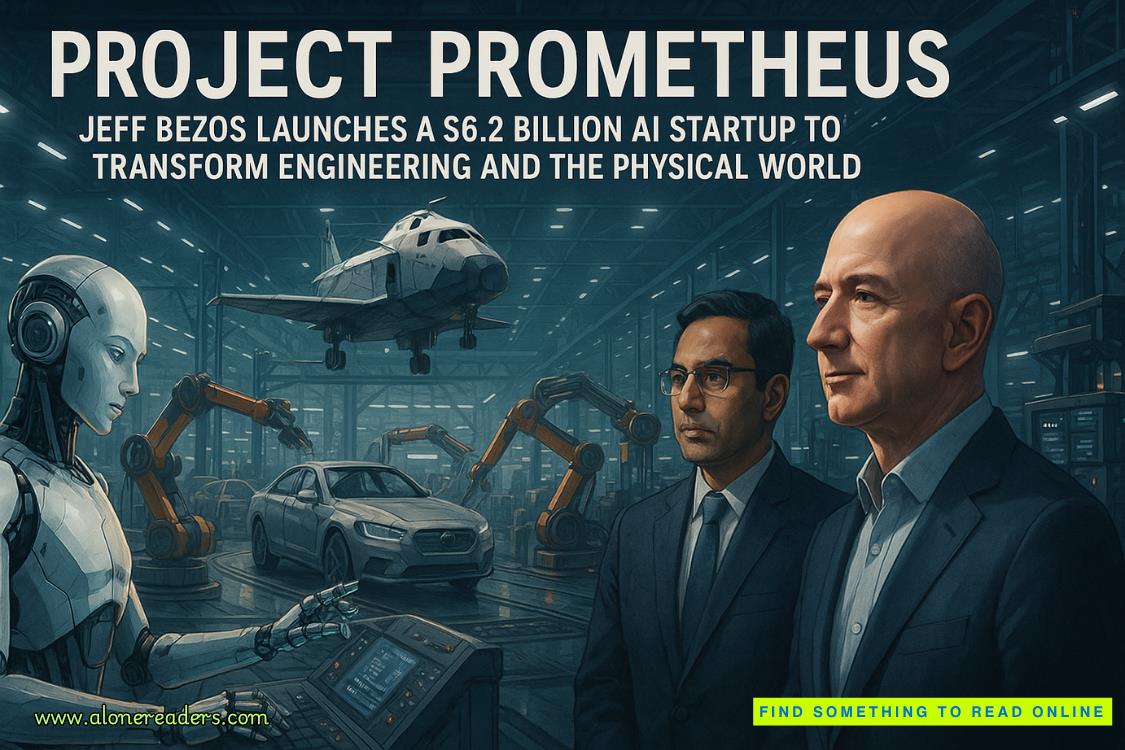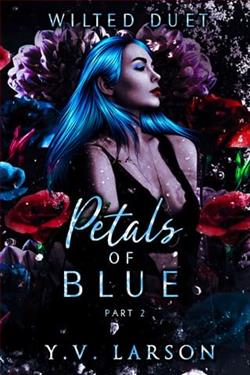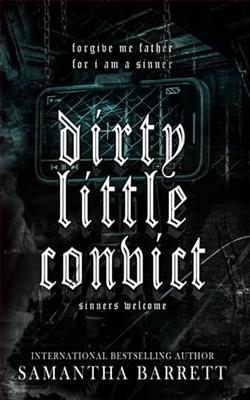Page 8 of Five Alarm Love
“You already have friends,” she said.
“This would be different friends.Friends that play firefighter and friends that are going to grow up to be a mom and dad.”
“I would like that.”When Lou smiled, it was like seeing purple shooting star flowers pop through the last bit of snow after a long winter.
Something shifted inside of Tuli.It felt like when he rode in Grandma Ruth’s old truck and she changed gears.He shoved his hands in his pockets.“Maybe one day we’ll grow up to be a mom and dad together.That would be cool.”
Lou stared at the ground, but her smile remained.“What if we’re a mom and dad with other people?”
He paused.That made sense, but he didn’t like it.“How about if we get old, and we’re not mom and dad with other people, we can be a mom and dad together?”
Her face brightened up in a quick smile.“Deal.”
Tuli met her hand with his and pumped the handshake twice.“Now it’s official.”
“It’s going to be awhile before we’re old.”
“True.”Tuli looked back over his shoulder at his friends, who waved and shouted at him.“We should go play kickball first.”He grabbed Lou’s arm, and they ran over to join the game.
Chapter Three
Pathogenic balanced SCL8A7gene translocation affecting chromosome 14.What did that mean?
Lou frowned at the page until she saw the next section,Interpretation.
“SCL8A7 gene duplication is linked to Bledsoe Syndrome as well as other related syndromes, which are known to cause epilepsy and developmental delays.”
A whooshing in her brain fuzzed out the sound around her.She read it again.
Bledsoe Syndrome.Just like Gordy.
Lou studied the text in the document.“This test result demonstrates translocation of the duplicate SCL8A7 gene onto a long arm of one copy of chromosome 14 with a reciprocal deletion on the other copy of chromosome 14.In balanced gene translocations, the patient will not express phenotypic abnormalities…”
Her pulse thudded as she struggled to process the dense medical language.She paused to look up the termphenotypic.
Phenotypicmeant how the gene made someone look or function.How the gene affected someone.She reread the note until she understood.The end result was that she wouldn’t have any symptoms, and she wouldn’t look different.Lou knew that.She didn’t have any medical issues or physical abnormalities that she knew of.
Why couldn’t the specialist instead say,Looks and acts normal?Did they think everyone reading these reports had a PhD in science?She blew a stray piece of hair back from her face and kept reading.
“Due to the duplicated gene found on one copy of chromosome 14 and the absence of the same gene on the other copy of chromosome 14, it is likely that 100% of offspring would have phenotypic abnormalities.”Her ears rang.She blinked to clear her vision.
Phenotypic abnormalities.
Her children would function and look different.
“There is a 50% chance that offspring would have Bledsoe Syndrome due to the presence of duplicated SCL8A7 genetic material on one copy of chromosome 14.There is a 50% chance that offspring would have other abnormalities due to the deletion of SCL8A7 genetic material on the other copy of chromosome 14.”
The fourteenth chromosome.Gordy had the SCL8A7 gene duplication on chromosome 14.The gene for Bledsoe Syndrome had only recently been discovered.She had seen Gordy’s updated genetic report.Updated, because genetic science was constantly evolving, and the tests from fifteen years ago hadn’t detected any abnormal chromosomes.
That was then.The time when her future held unlimited possibilities.
She stared at the screen.
Other abnormalities.Lou was no genetics doctor, but she understood thatother abnormalitiescould include a range of symptoms—anything from minor health issues to devastating symptoms.
Her choices for having a child were 50 percent chance of other abnormalities or 50 percent chance of Bledsoe Syndrome.
But 100 percent not-normal genetic material.















